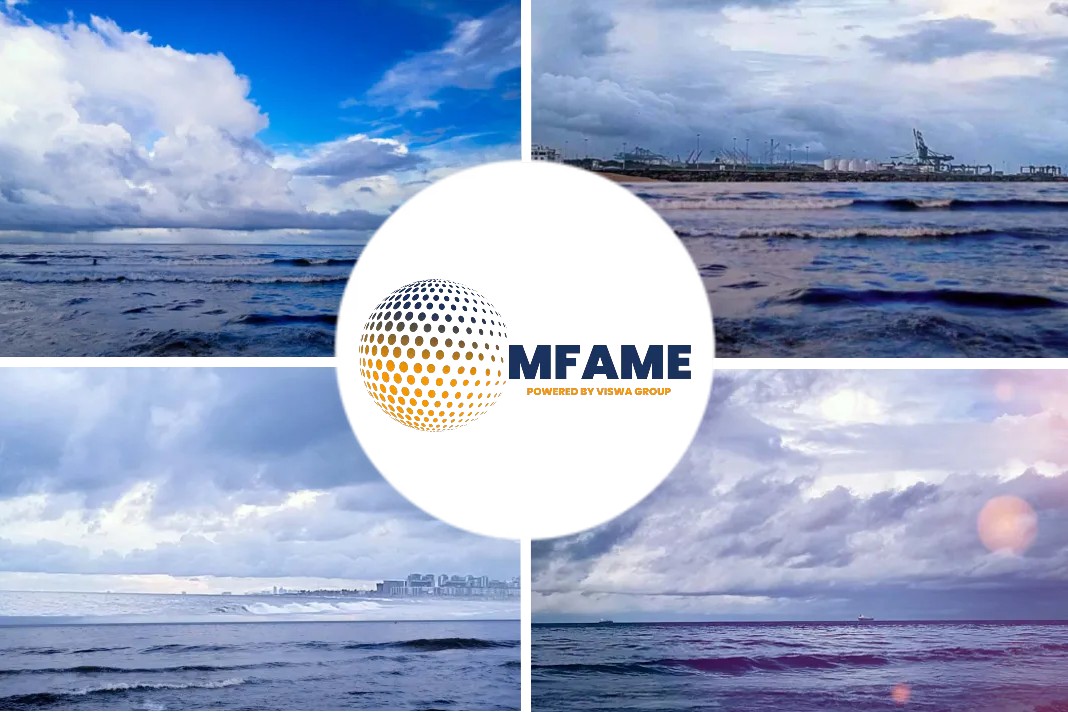- Last year, the total tonnage handled by the port increased by 69% from 2020.
- The Port of Cleveland is working with a Texas-based company trucking cargo from the Gulf of Mexico up to Lake Erie – a 1,000-mile journey – to get its products shipped out to Europe.
It might not seem like Lake Erie, one of the five interconnected freshwater bodies that make up the Great Lakes system along the US-Canada border, is the answer to America’s supply chain problems. However, according to Stephen Starr’s article for the BBC, that might be the case.
Shipping centres experiencing revival
Connected to the Atlantic Ocean via a system of canals and locks, the Port of Cleveland is one of several Great Lakes shipping centres experiencing a revival.
Last year, the total tonnage handled by the port increased by 69% from 2020.
April’s tonnage numbers were double that of the same month in 2021.
With major ports along the US east and west coasts struggling with cargo backlogs due to knock-on effects from supply chain issues caused by everything from China’s Covid lockdowns to Russia’s war in Ukraine, shippers are looking to long-ignored ports as a way to get supplies into and out of America.
Global shipping companies were among the first to spot the Great Lakes’ potential.
In August, a Dutch shipping company added an additional vessel to its Antwerp-Cleveland route to meet growing demand.
Transporting products
One ship even sailed all the way from Shanghai to Cleveland last November – a forty-day journey that bypassed major ports in southern California, Virginia and New Jersey – to avoid the backlogs plaguing those locations.
It’s not just incoming international cargo companies that are looking to the Great Lakes ports to handle their wares.
“They can’t get vessel or container capacity down there (in Texas),” said Mr Gutheil.
The Great Lakes ports once served as a crucial North American maritime highway for transporting agricultural and other bulk products such as iron ore, coal and limestone throughout the 1800s and 1900s.
The deregulation of the rail and especially the trucking industries in 1980, combined with the offshoring of manufacturing to Asia and elsewhere, however, saw the decline of the Great Lakes ports.
Icebreaker ships hampered
Located more than 2,200 miles from the Atlantic Ocean, the Port of Duluth-Superior was at its peak in the 1950s, when it handled about 70 million tonnes of goods such as iron ore and agricultural grain, making it the largest freshwater port in the world.
By 2017, the amount of cargo it handled had fallen by more than half.
The Port of Cleveland, for example, is currently only moving about 10,000 containers a year but could potentially handle about 100,000 containers.
Its first overseas shipment of containers – 200 containers of bagged kidney beans destined for Italy, France, Germany and Hungary – set sail in late May. And yet it’s not all smooth sailing for the northern ports.
Reports of a shortage of icebreaker ships hampered shipping activity last winter, as lakes froze.
Seasonality issue
That means that even if sections of southern Great Lakes such as Lake Erie and Lake Ontario don’t freeze over in winter, access between the Great Lakes and the Atlantic wouldn’t be possible.
“One of the major hurdles to overcome is the seasonality issue; the Great Lakes are not open 12 months (of the year),” said Daniel Rust, an associate professor of transportation and logistics management at the University of Wisconsin-Superior.
“Supply chain managers want to always ship a certain way and to have a reliable supply chain for 12 months of the year”.
Another challenge is that the locks can only facilitate vessels that are no wider than 78 feet (23.8 metres), which means that many ships cannot pass through.
Industry experts say these issues could be overcome.
All the while, people in the Midwest say they are standing by to help.
Did you subscribe to our daily Newsletter?
It’s Free! Click here to Subscribe
Source: BBC
















